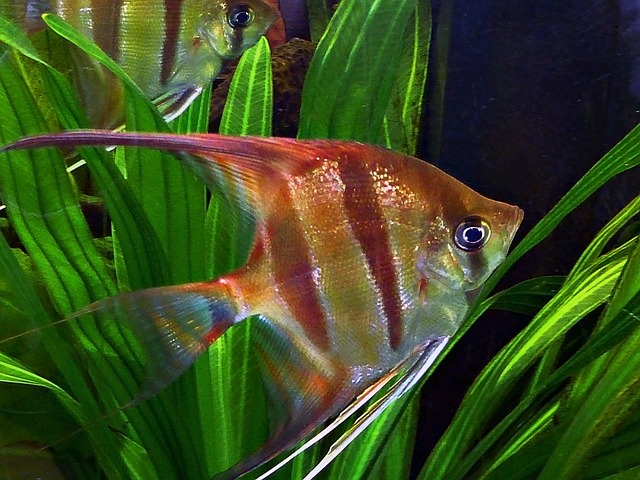Kribensis and Angelfish are two popular species of fish that many aquarium enthusiasts enjoy keeping. However, some may wonder if the two species can coexist in the same tank. The answer to this question is not straightforward and depends on various factors.
Kribensis and Angelfish have different temperaments and may not be compatible in all situations.
Kribensis are known for being territorial and may become aggressive towards other fish if they feel their space is invaded.
On the other hand, Angelfish are generally peaceful but can become aggressive towards smaller fish if they feel threatened.
Therefore, it is essential to consider the size of the tank, the number of fish in the tank, and each fish’s personality before deciding whether to keep kribensis and Angelfish together.
Compatibility of Kribensis and Angelfish
Behavioral Differences
Kribensis and Angelfish have different temperaments and behaviors. Kribensis are known to be territorial and aggressive towards other fish that enter their territory, especially during breeding.
On the other hand, Angelfish are generally peaceful and have a calm temperament. However, during breeding, they can become territorial and aggressive towards other fish that enter their territory.
Tank Size
The size of the tank is an essential factor to consider when keeping Kribensis and Angelfish together. Kribensis are small fish and can thrive in a tank as small as 20 gallons.
However, Angelfish are larger and require a larger tank of at least 55 gallons. Keeping Kribensis and Angelfish in a small tank can cause stress and aggression, leading to fighting and even death.
Water Parameters
Kribensis and Angelfish have different water parameter requirements. Kribensis prefer slightly acidic water with a pH range of 6.0 to 7.5, while Angelfish prefer slightly alkaline water with a pH range of 6.5 to 7.5.
Kribensis can tolerate a wide range of water temperatures, while Angelfish prefer a temperature range of 75 to 82 degrees Fahrenheit.
Maintaining stable water parameters is essential to ensure both species’ health and well-being.
Kribensis and Angelfish can be compatible if kept in a large enough tank with stable water parameters. However, monitoring and separating their behavior is essential if aggression occurs.









